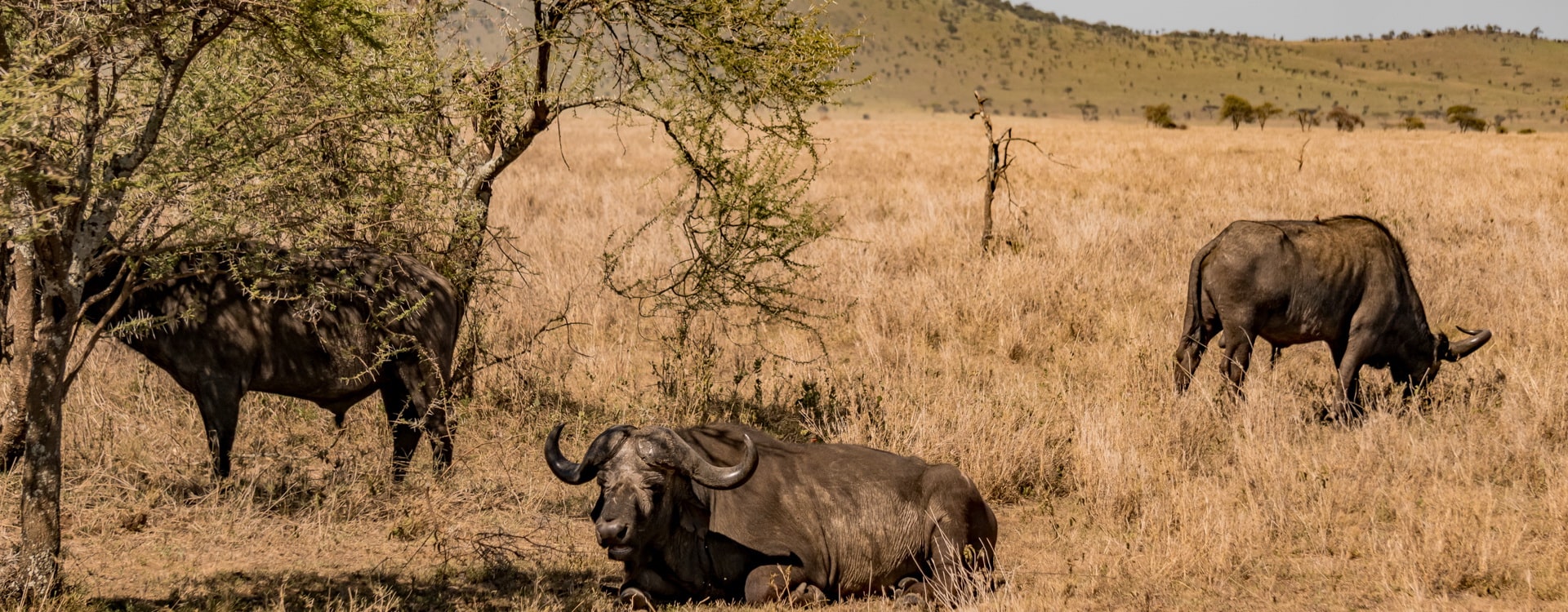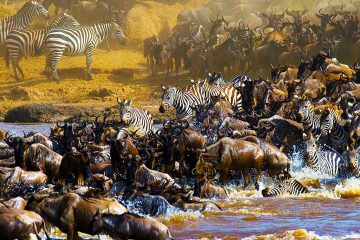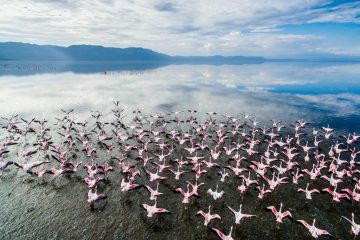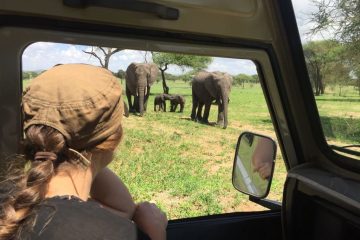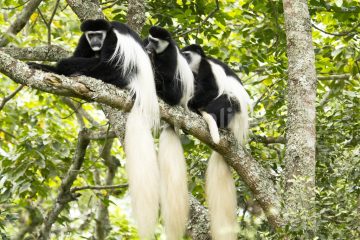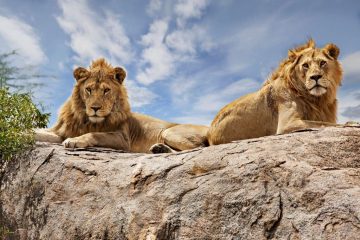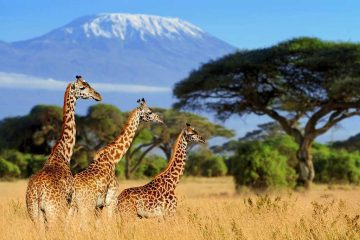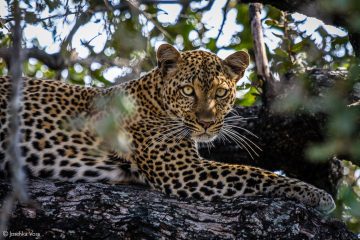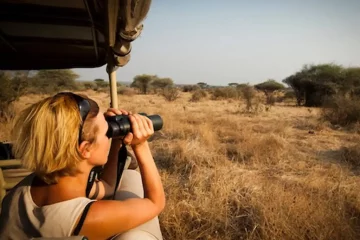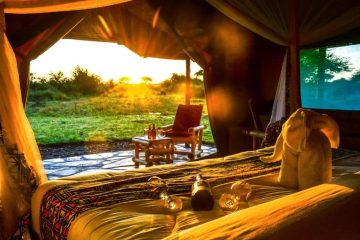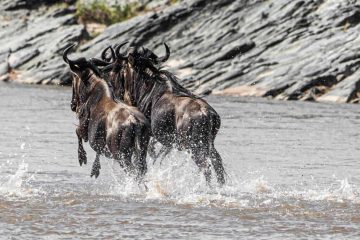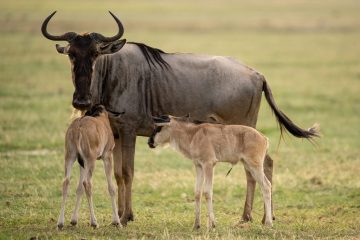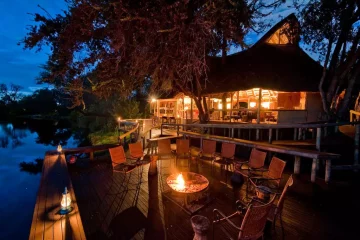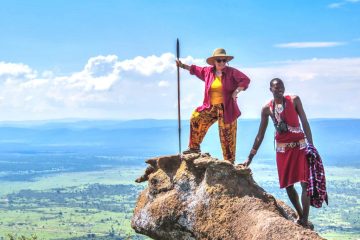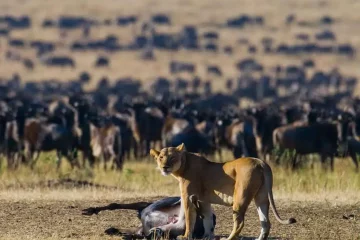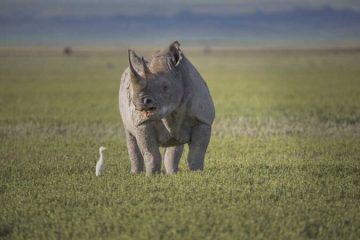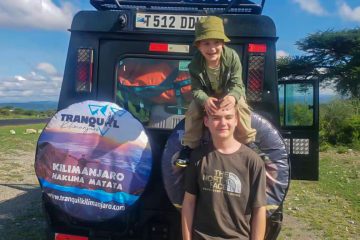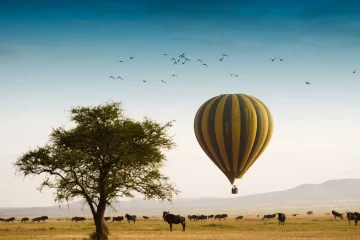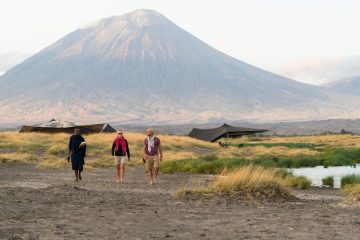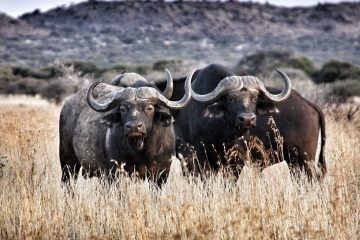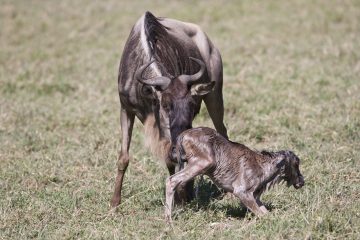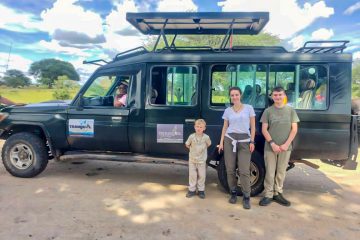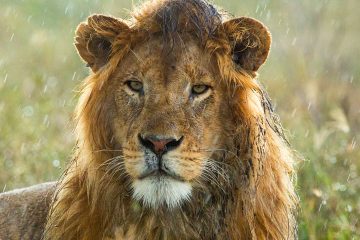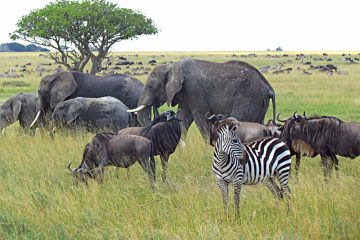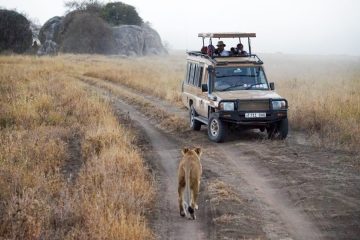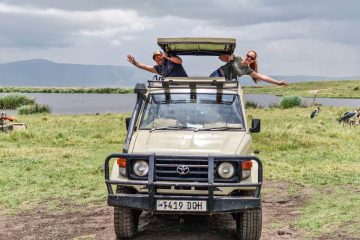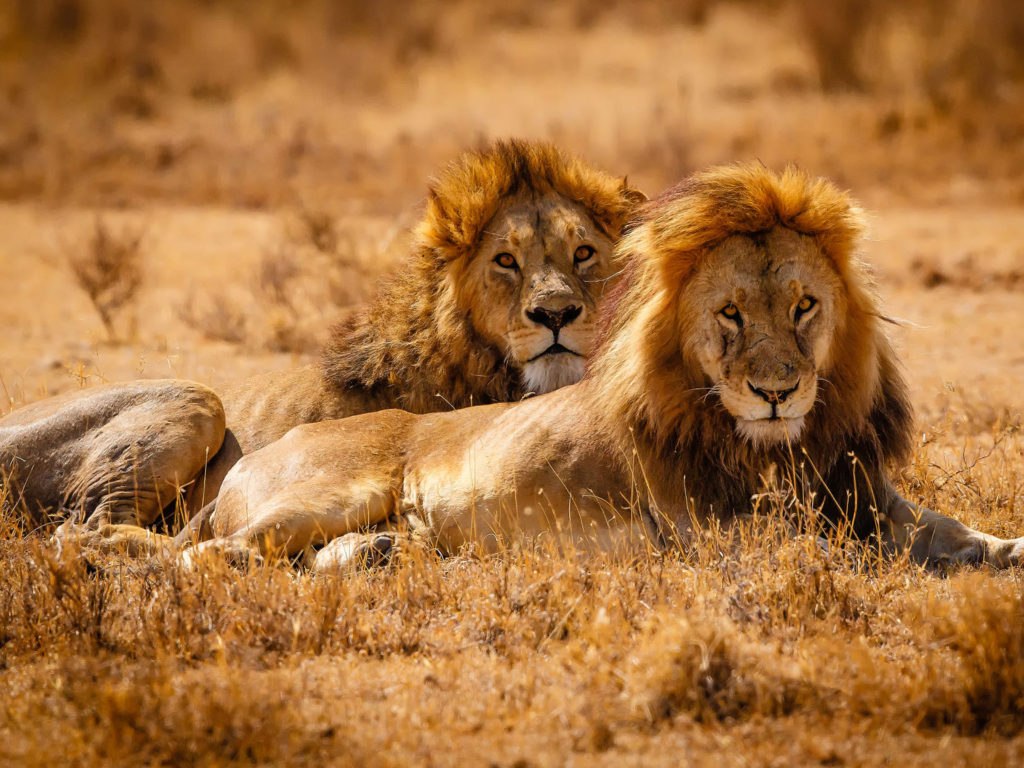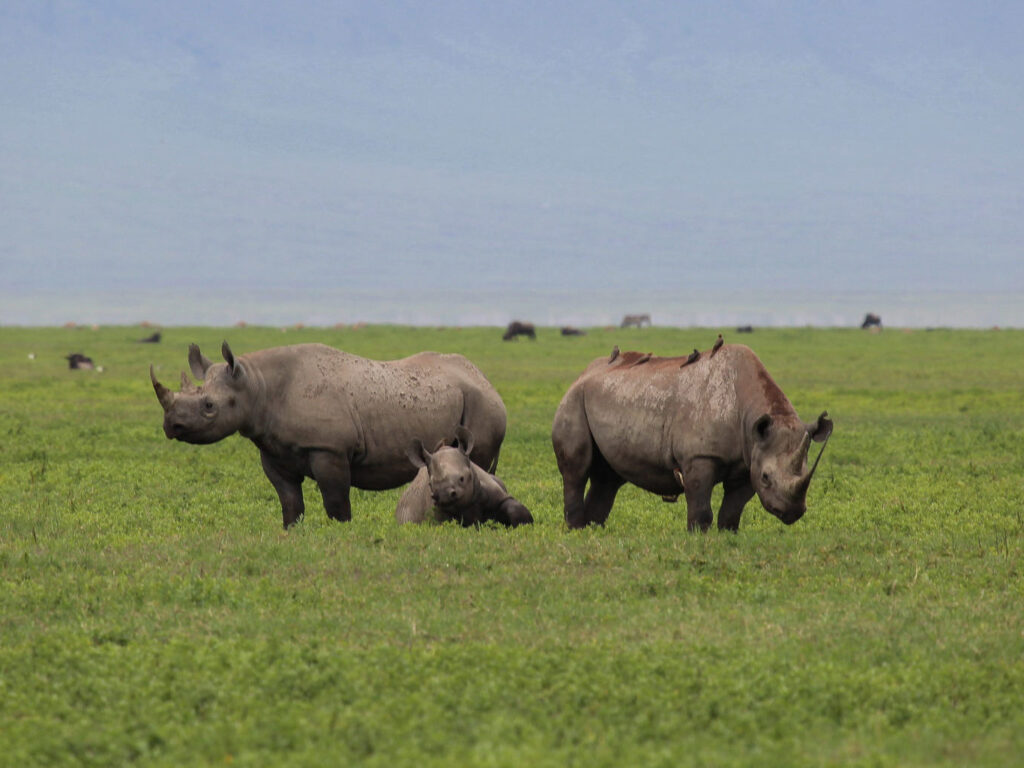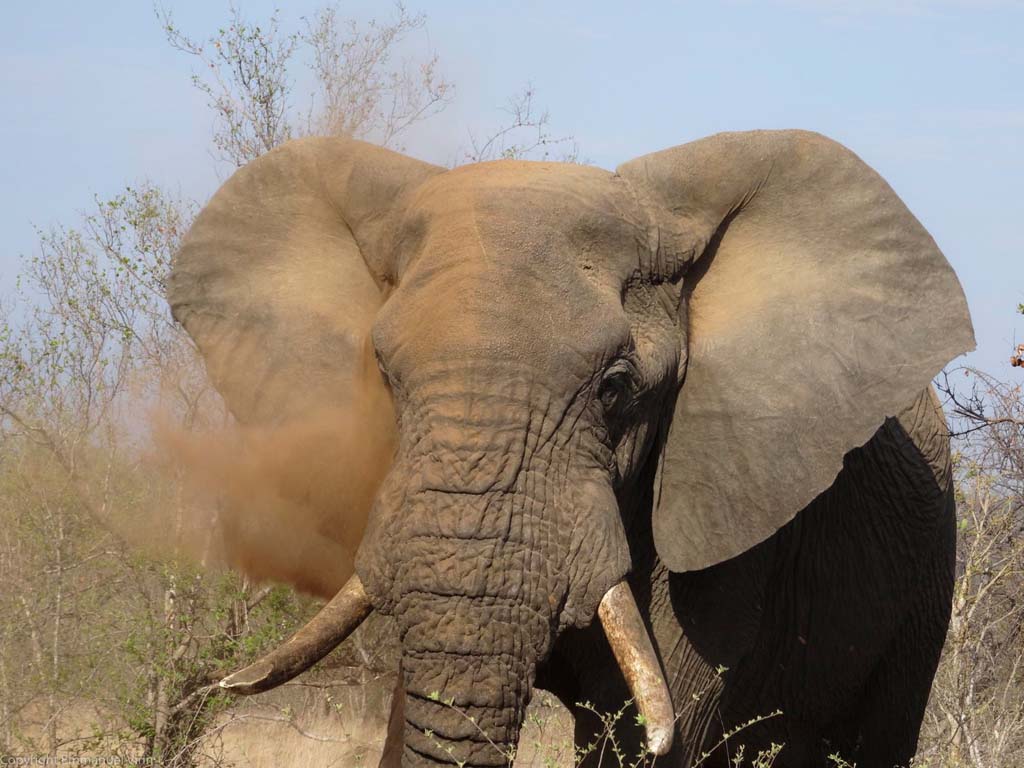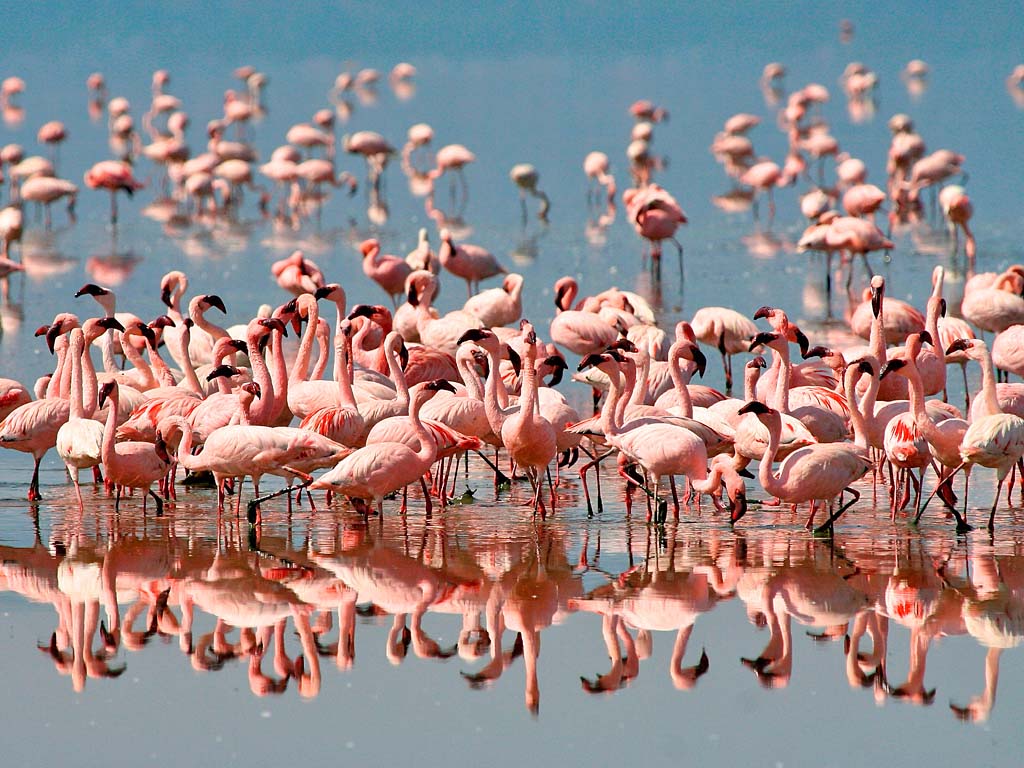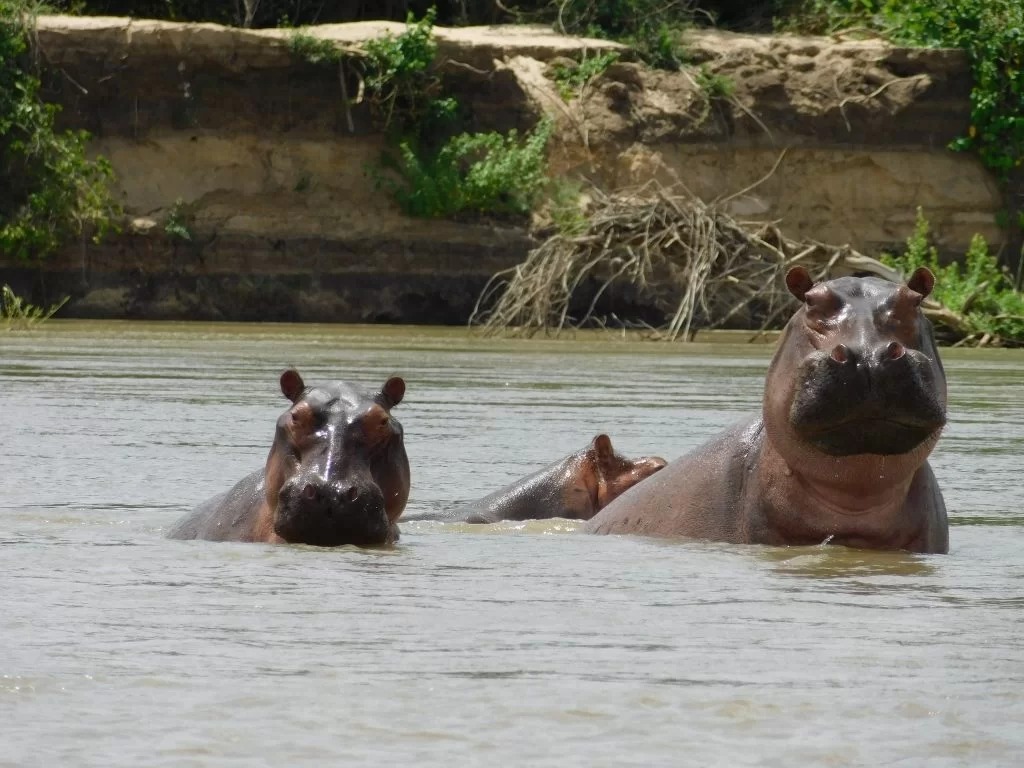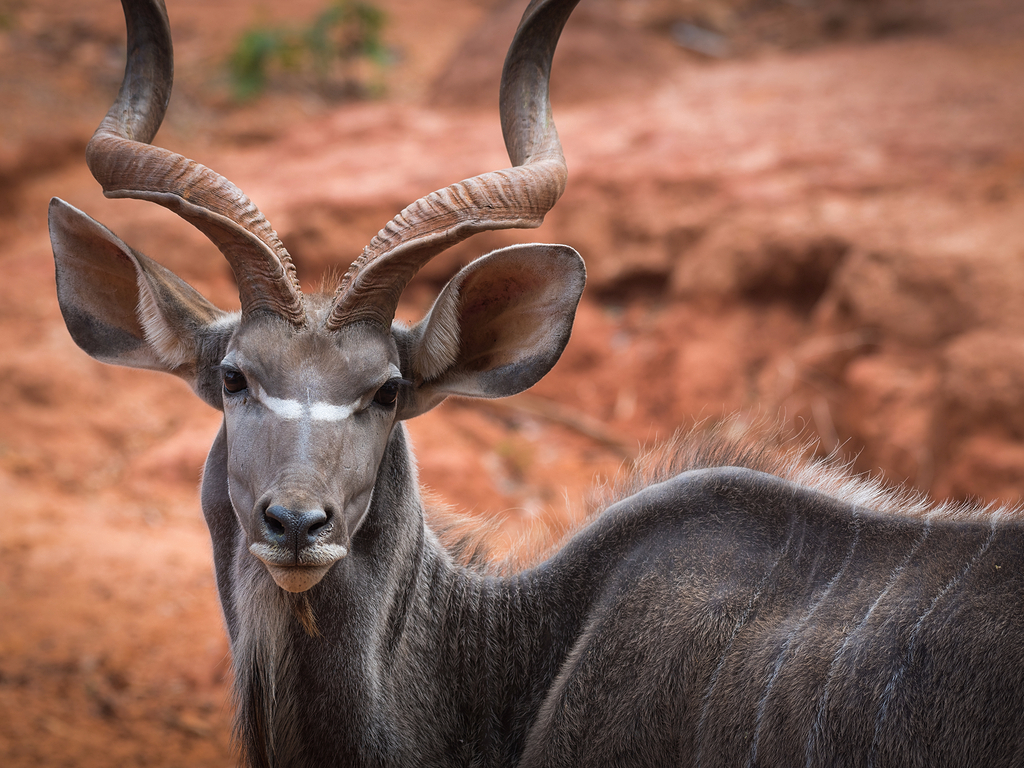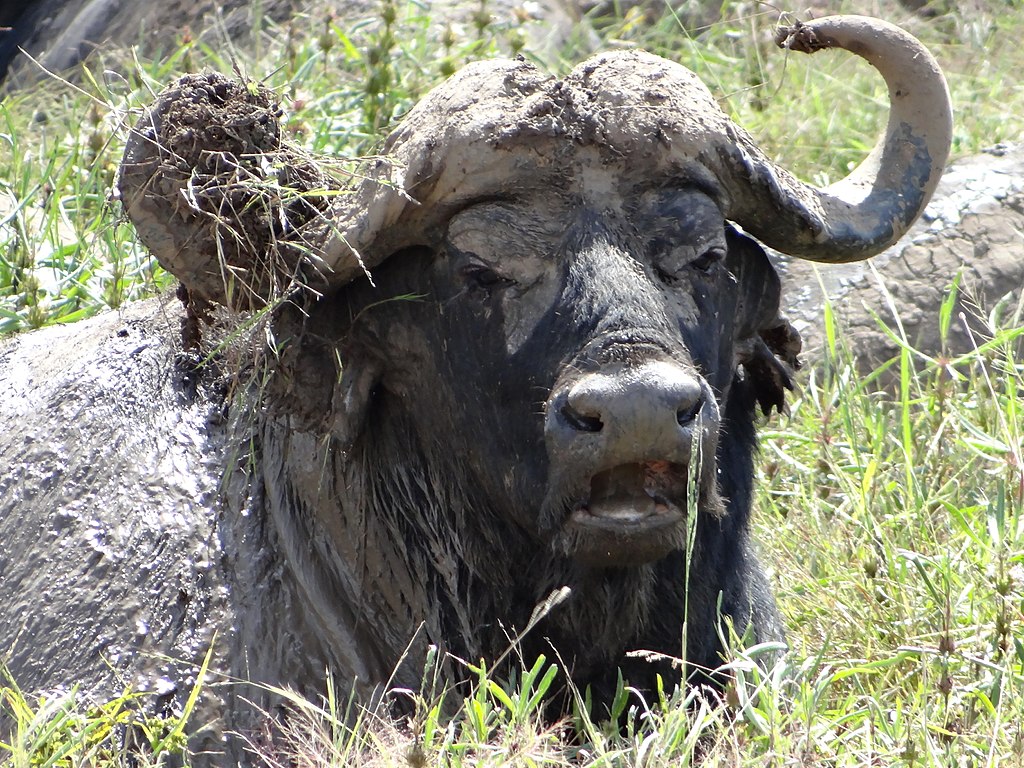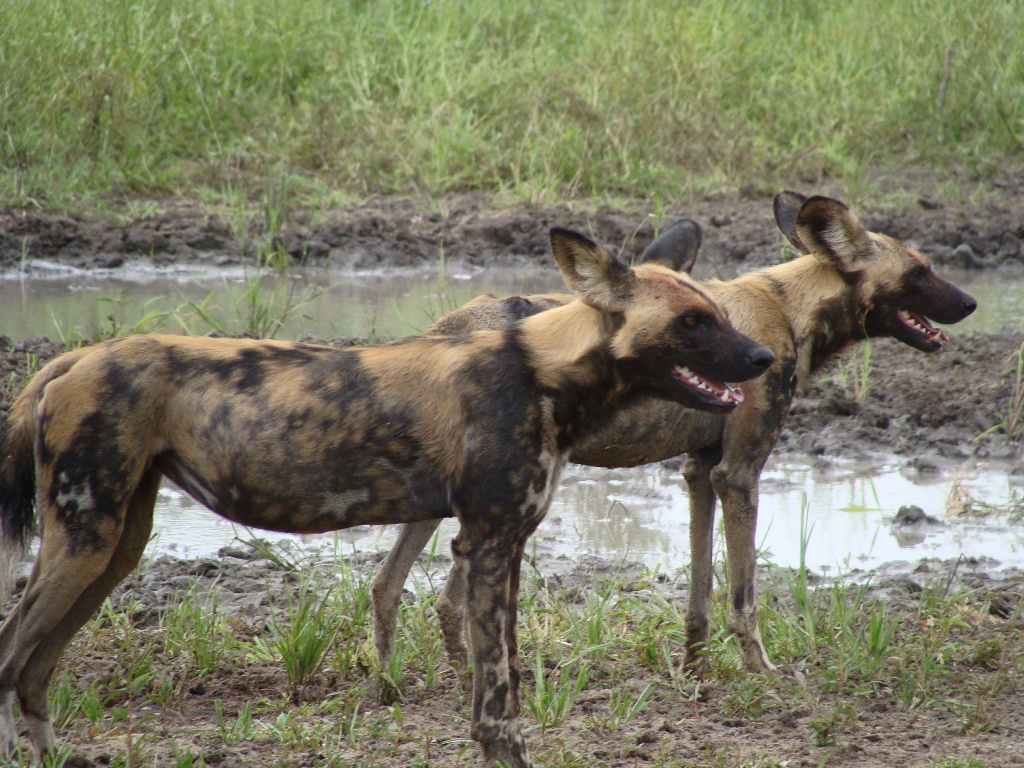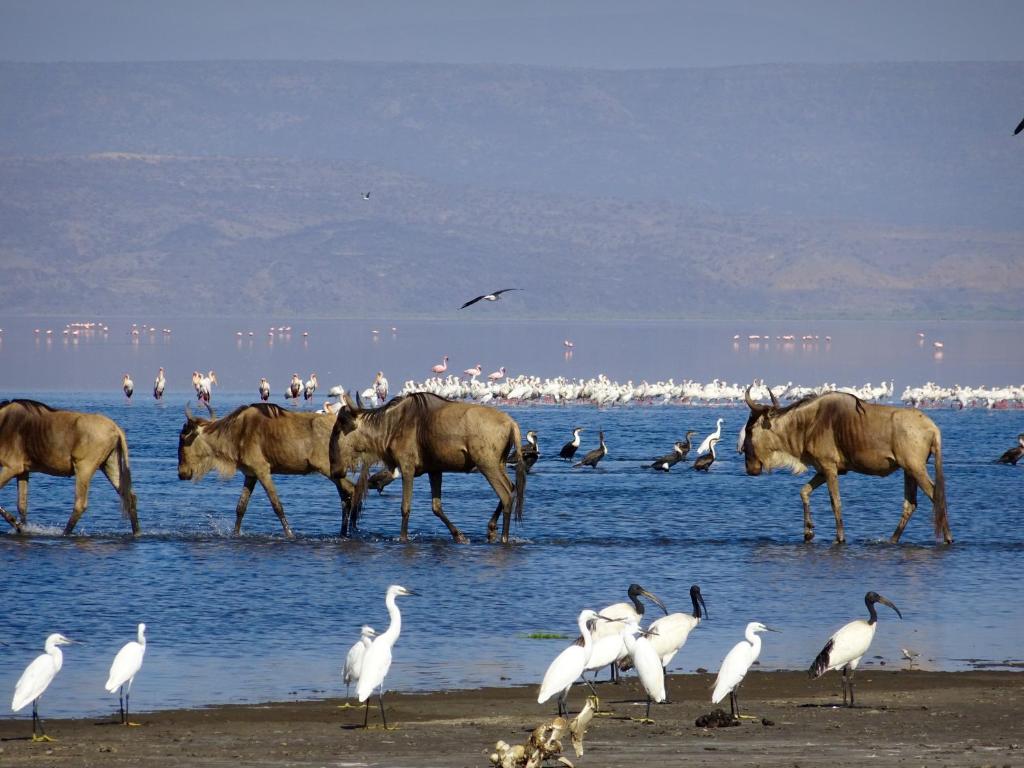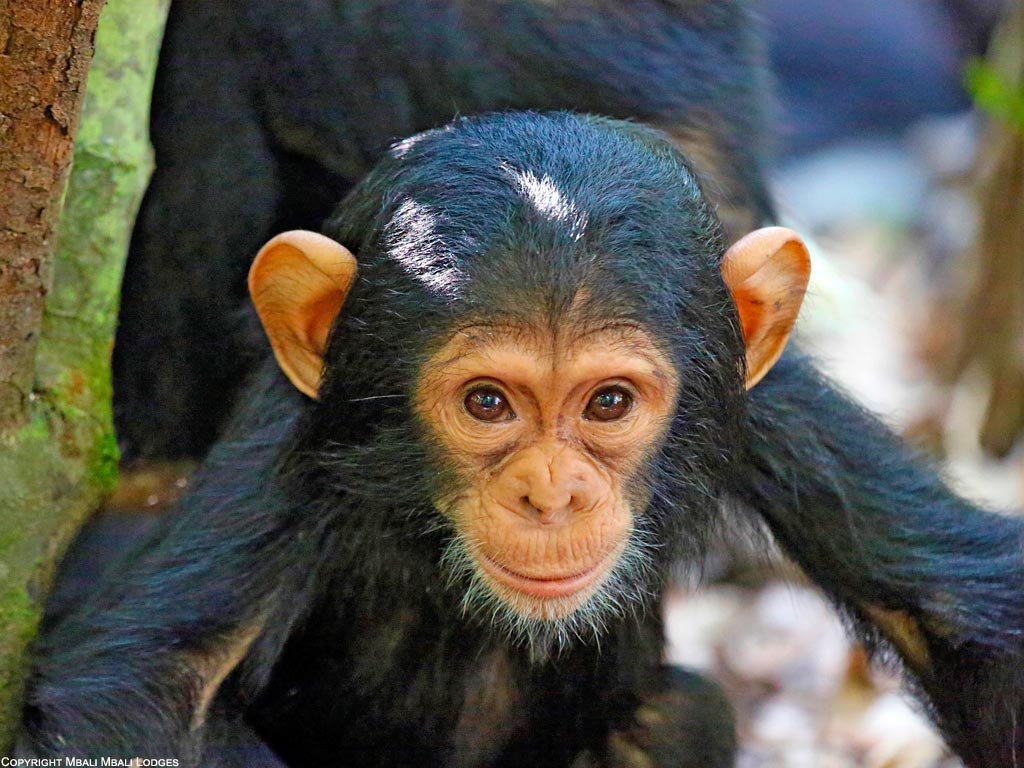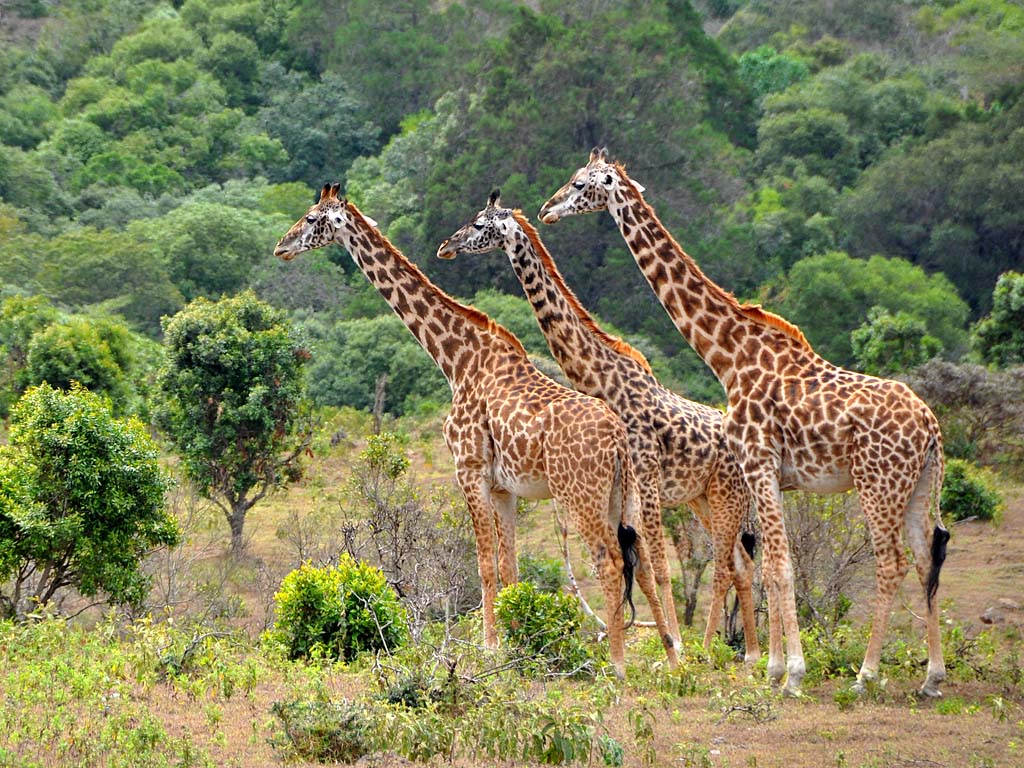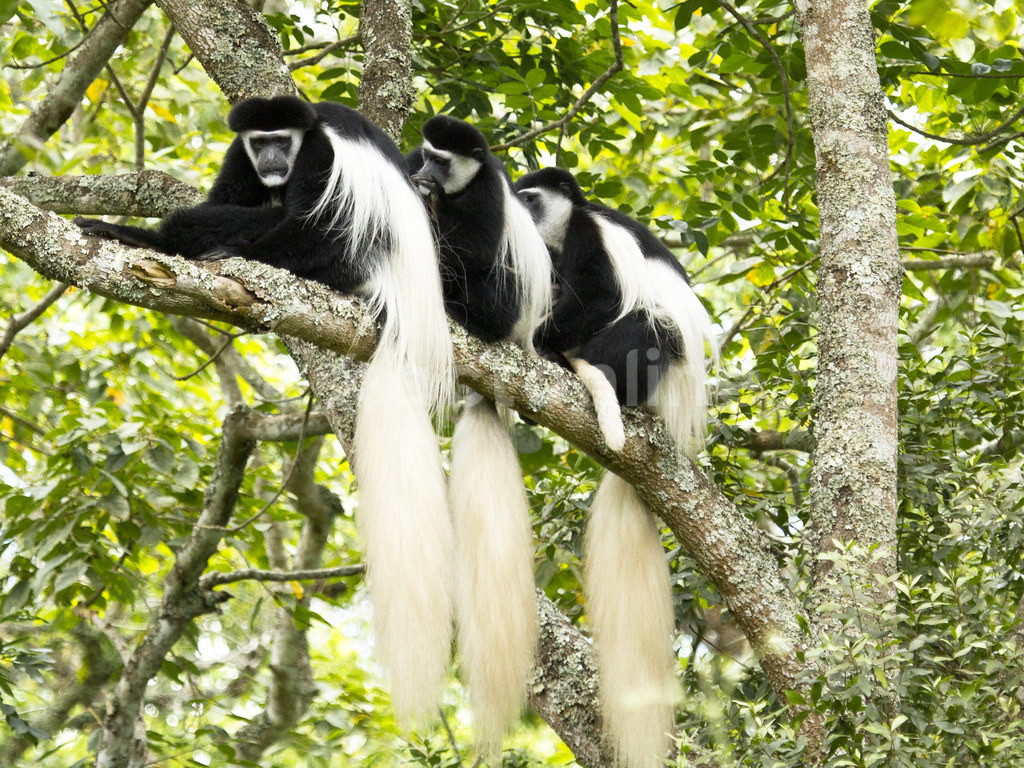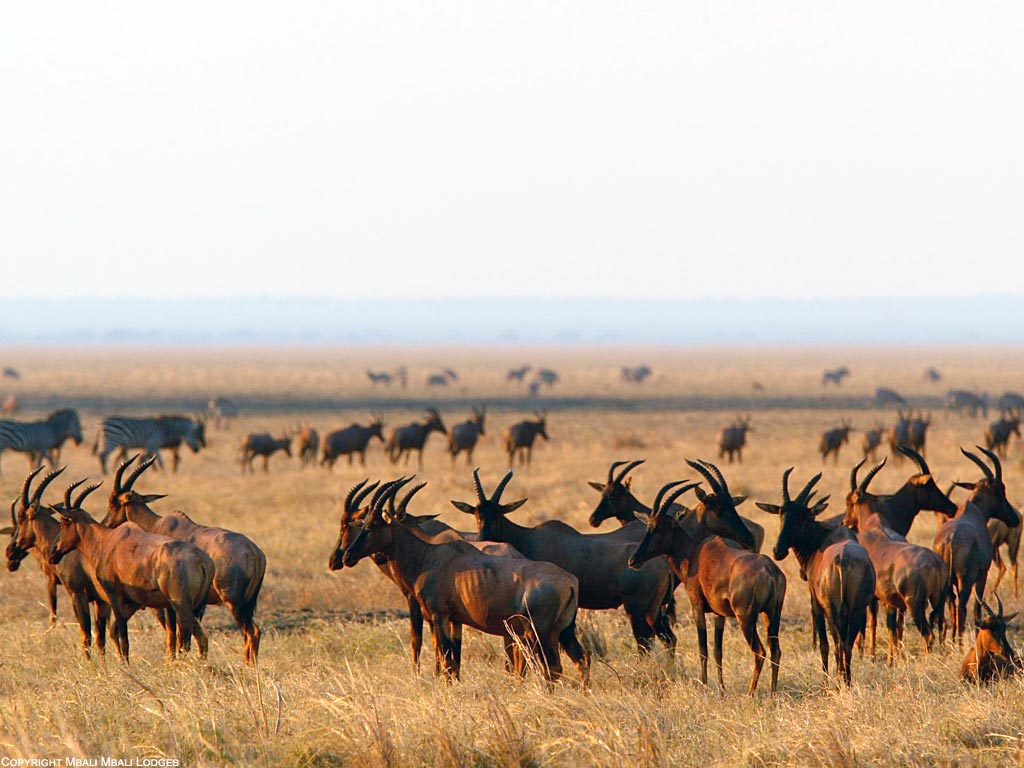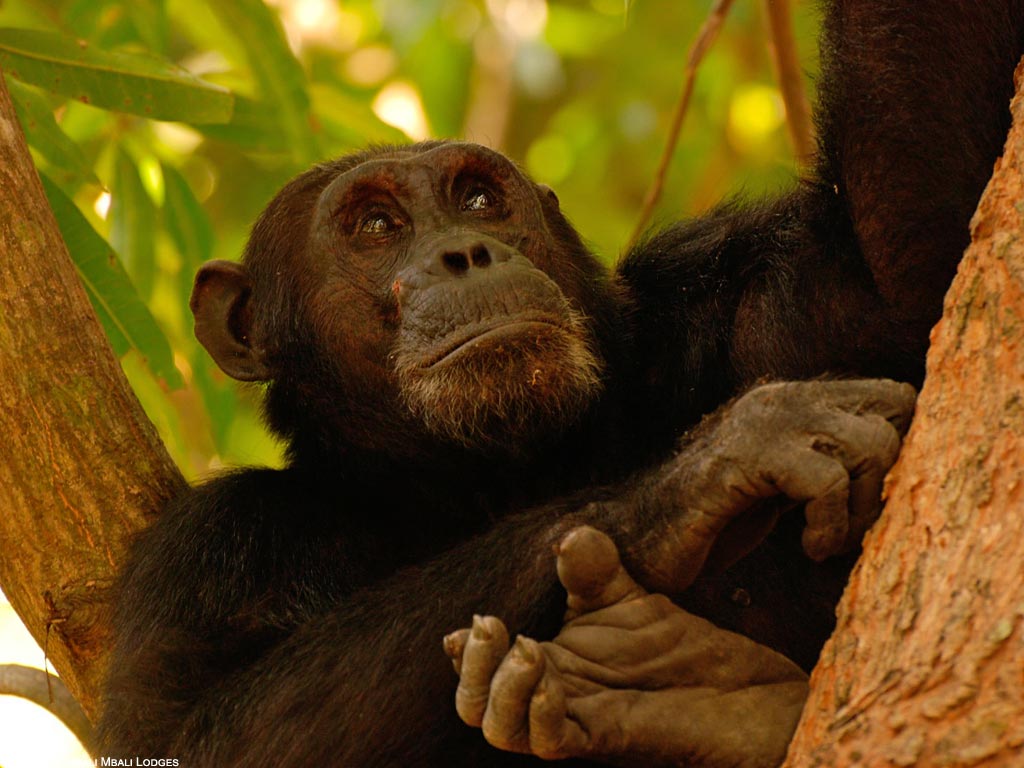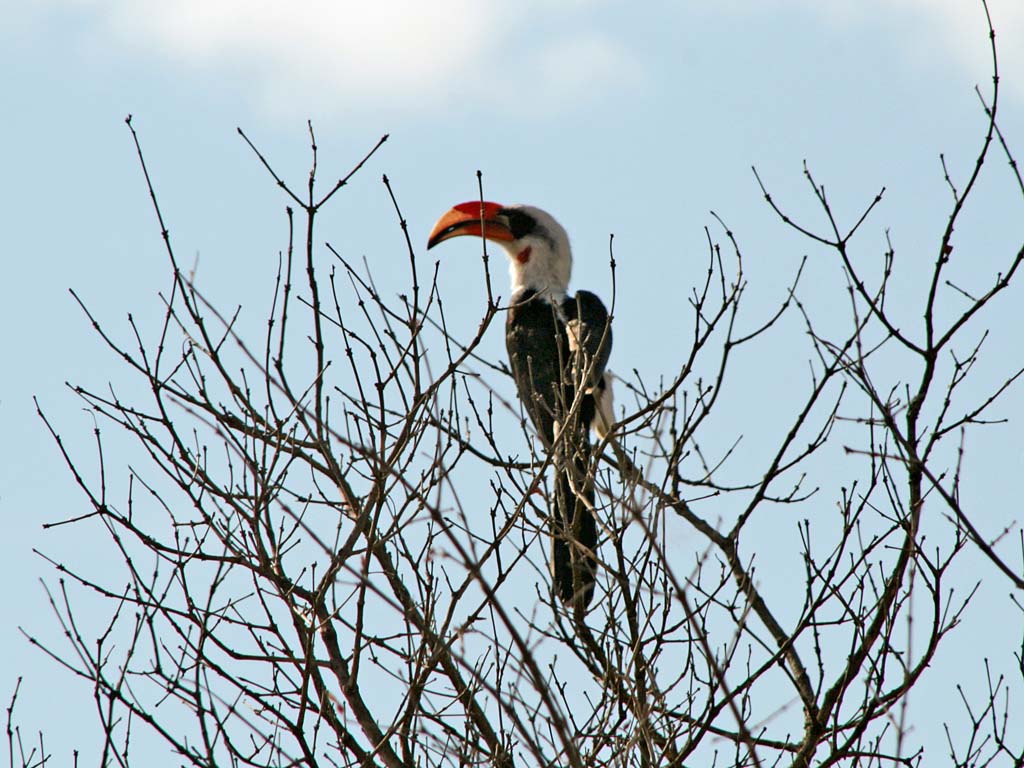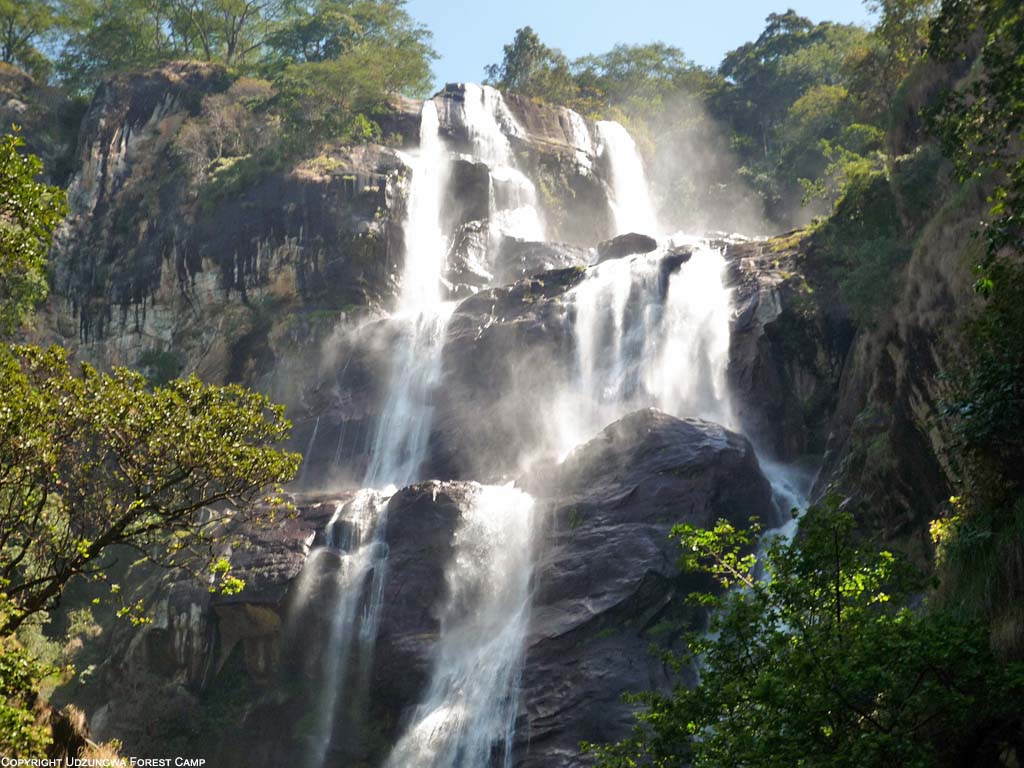Mikumi National Park is only three to four hours drive from Dar es Salaam, located astride the main highway to Zambia and en route to the National Parks of the Udzungwa Mountains, Ruaha, and Kitulo, and shares the same border and habitat with Selous Game Reserve to the south. The Mikumi flood plain, as well as the mountain ranges that border the park on two sides, are the park’s most prominent features. The flood plain is dominated by open grasses, which eventually merge with the miombo forest that covers the lower slopes.
Mikumi National Park spans 3,230 square kilometers and is home to a diverse range of animals, including buffalo, wildebeest, zebra, lion, elephant, impala, hippos, baboons, giraffes, warthogs, waterbuck, and eland, all of which may be seen throughout the year.
Crocodiles, monitor lizards, and pythons are among the park’s reptile residents. The Sable Antelope, which lives in the park’s southern section bordering the Selous, the Greater Kudu, leopard, and the wild dog, sometimes known as the African Hunting Dog, are some of the other creatures that may be seen, but they are rare. During the wet season, more than 400 bird species have been observed, including European migrants.
Mikumi National Park is one of the most popular tourist destinations marketed by our Dar es Salaam department. Day visits are popular, especially for people who do not have enough time to stay overnight in Dar es Salaam because they are close by and on decent roads.
Crocodiles, monitor lizards, and pythons are among the park’s reptile residents. The Sable Antelope, which lives in the park’s southern section bordering the Selous, the Greater Kudu, leopard, and the wild dog, sometimes known as the African Hunting Dog, are some of the other creatures that may be seen, but they are rare. During the wet season, more than 400 bird species have been observed, including European migrants.
However, it is advised that you stay at least one night in Mikumi to experience a memorable game drive in this stunning park. Mikumi has a variety of accommodations to choose from.

